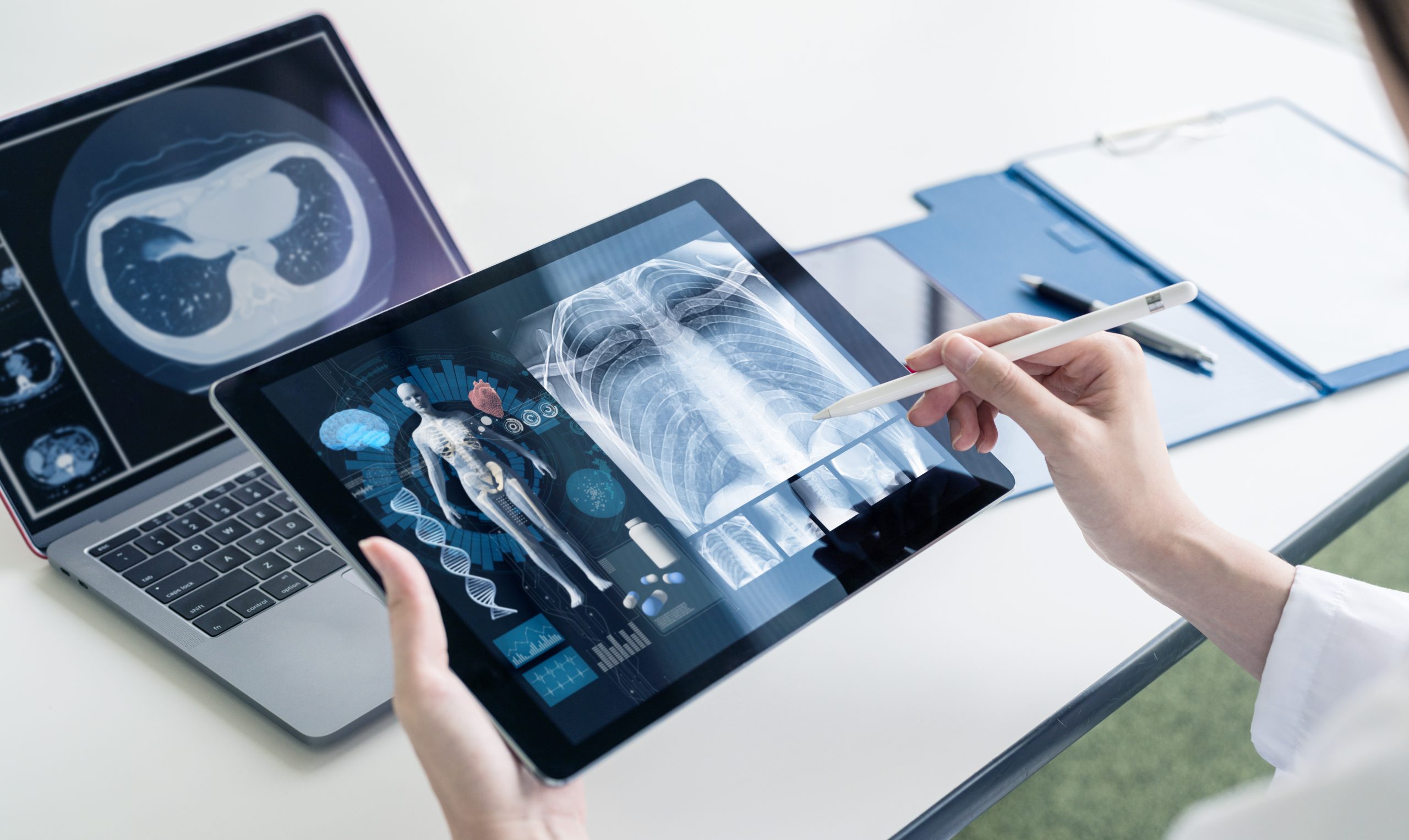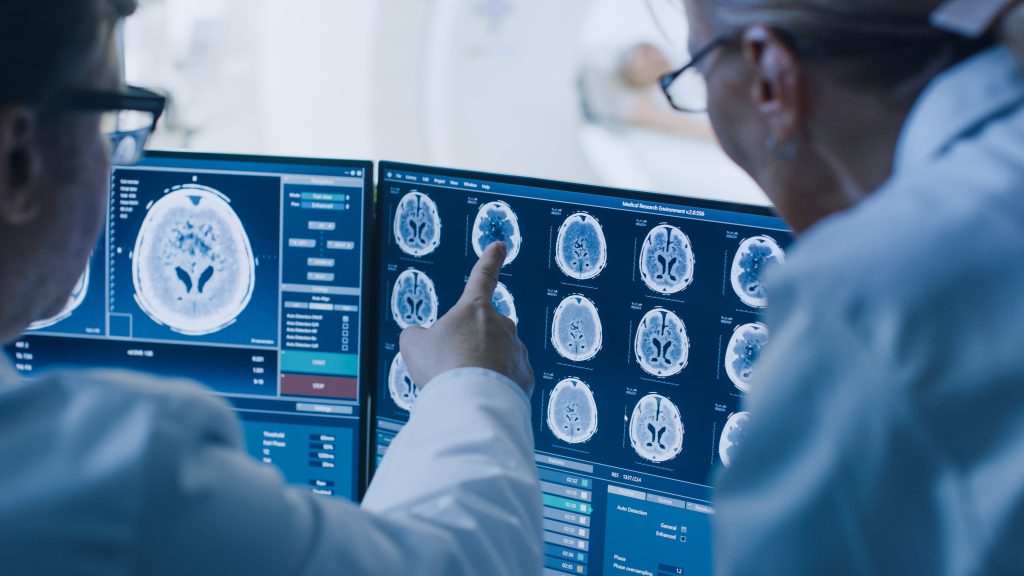
It was 1973. With the Space Age in full swing, the eight-inch floppy disk was the cutting edge of computer technology. In West Germany, representatives of 16 European countries assembled to sign the new Convention on the Grant of European Patents (the ‘EPC’).
The EPC 1973 made provision for the exclusion of certain kinds of medical methods from patentability. Though aspects of the EPC have since been revised, these medical method exclusions continue to exist in substance as they were in the original 1973 convention. (The 1973 convention treated such methods as not meeting the basic requirement of industrial applicability, whereas the revised EPC 2000 decoupled their patentability from the issue of industrial application and simply treats them as “exceptions to patentability”.) The EPC has thus always stipulated that European patents are not to be granted for:
“methods for treatment of the human or animal body by surgery or therapy and diagnostic methods practised on the human or animal body…”
The familiar rationale for this provision is that the drafters of the EPC wished to ensure that the patent system would not prevent doctors from aiding patients by using the best available methods. In applying this provision, the European Patent Office (EPO) has adhered to the doctrine that it is a narrow exclusion that applies only to “methods”, which it takes to be confirmed by the statement in the EPC that:
“…this provision shall not apply to products, in particular substances or compositions, for use in any of these methods.”
Thus, while medical practitioners are to be kept free to practise the best available methods of surgery, therapy and diagnosis, the European patent system nonetheless permits the existence of patents that restrict their access to products such as drugs and surgical tools.
The provisions just outlined were drafted at a time when the difference between “methods”, “products” and other categories of subject matter seemed self-evident. While computer-assisted techniques such as CT scans and MRI were beginning to emerge in 1973, it would have been impossible for the authors of the EPC to anticipate how the rise of technologies such as artificial intelligence (AI) and computer-aided surgery would influence medical practice 50 years later. Yet, today, developments such as AI diagnostic tools make clear that we should expect the role of doctors to be increasingly augmented by technology in the future. It therefore seems pertinent to ask whether the EPC’s medical method provisions – which were drawn up with the aim of balancing the freedom of the medical practitioner against the public policy interest in providing patent protection for technological innovations – will continue to strike the intended balance in the future.
Take surgical robotics as an example: as this technology continues to develop, the best available surgery will increasingly often involve the use of robotic tools. Such tools are not barred from patentability under the law as it stands, so if in future the best available treatment requires the involvement of a patented robotic tool, the doctor may in practise find themselves restrained from delivering the best possible care, despite in principle being free to perform any surgical method. Hence, if surgical robotic tools are held to be patentable without restriction, surgeons may find themselves increasingly constrained by the patent system. Conversely, updating the law to prevent patents being granted for these tools would extend the scope of the exception and risk undermining the long-standing public policy of awarding patents for technological innovation.
AI diagnostic tools are another familiar example of a technology that is expected to take over tasks previously reserved for doctors. On the one hand, these tools are fundamentally technological and in this sense are perfectly within the domain of subject matter for which patents are intended to be granted. On the other hand, what they will do is take the place of the medical practitioner in performing jobs that have conventionally required human involvement. Should the patent system aim to reward, with patent protection, the innovation that goes into developing these tools – or should it take the position that, as they will in future perform what were once tasks performed by doctors, these tools should be excepted from patent protection on the grounds of keeping the best methods of diagnosis available for patients?
We could attempt to downplay this concern by noting that the existing provision on diagnostic methods does not require the method to be performed by a human practitioner, so the exception applies as much to diagnostic methods performed by AI systems as to those carried out by humans. Indeed, the EPO’s Guidelines for Examination and case law explicitly acknowledge this. Why, therefore, should we expect the patent system to restrict access to diagnostic methods performed by AI any more than it does those performed by humans? What this rebuke fails to recognise is that the AI by which the diagnostic method is implemented may itself be patentable, even if its specific application to diagnosis is not. We can therefore expect that in future there will be occasions on which the best available diagnostic method requires the use of patented AI technology. A patent could thus bar the doctor from making use of the diagnostic method by restricting access to the requisite AI tool, even if the diagnostic method itself could not be patented.
Statutory revision of the EPC would, of course, be a drastic response to these concerns and is unlikely to happen soon. What is more likely is that the issues will first be explored in case law by the EPO’s boards of appeal, who have some discretion to reinterpret the EPC in light of new technological realities. However, the appeal boards are ultimately bound by the text of the EPC, and the statutory rule that the exception does not apply to products may make it difficult for them to develop a completely satisfactory approach.
The concerns outlined above boil down to the following fact: in the future, we expect that providing the best available diagnosis and treatment will increasingly require access to specific technologies that are currently fair game for patent protection. If the patent system continues to treat them as such, there is a risk that patents will increasingly restrict practitioners’ access to such technologies, thereby diluting the EPC’s in-built protection of access to medical methods. Conversely, adapting the existing provisions to restrict the patentability of these technologies risks undermining the power of the patent system to encourage and reward innovation. The appropriate balance is a matter for debate, but we can at least say that it would not be surprising if some of the arguments envisaged above are heard the next time the EPC comes up for revision.
GJE’s multi-disciplinary HealthTech team combines experienced attorneys across technical fields to provide expert advice on the protection of the full range of HealthTech applications in Europe and globally. Please find my contact details on my web profile here or get in touch via: gje@gje.com.





